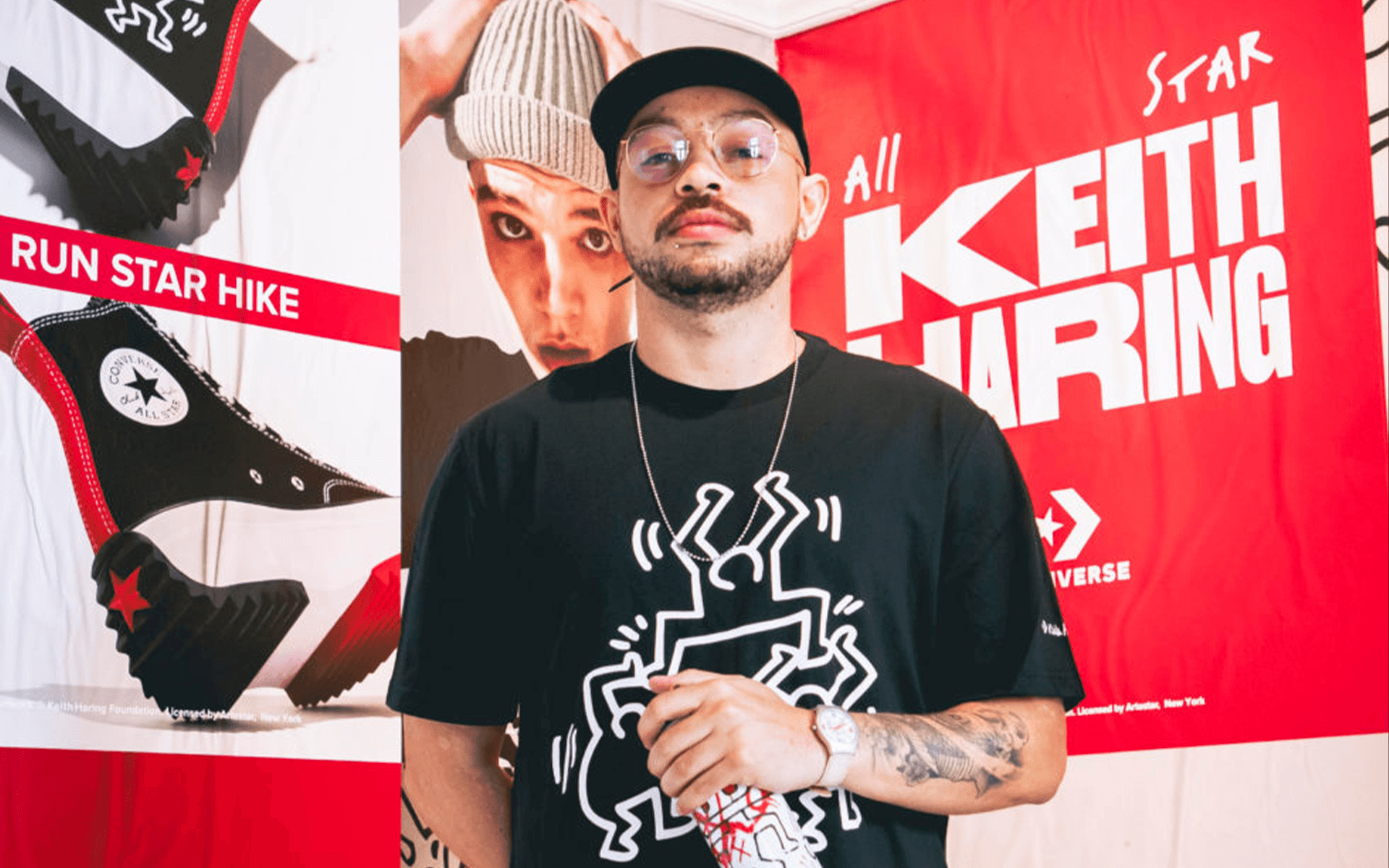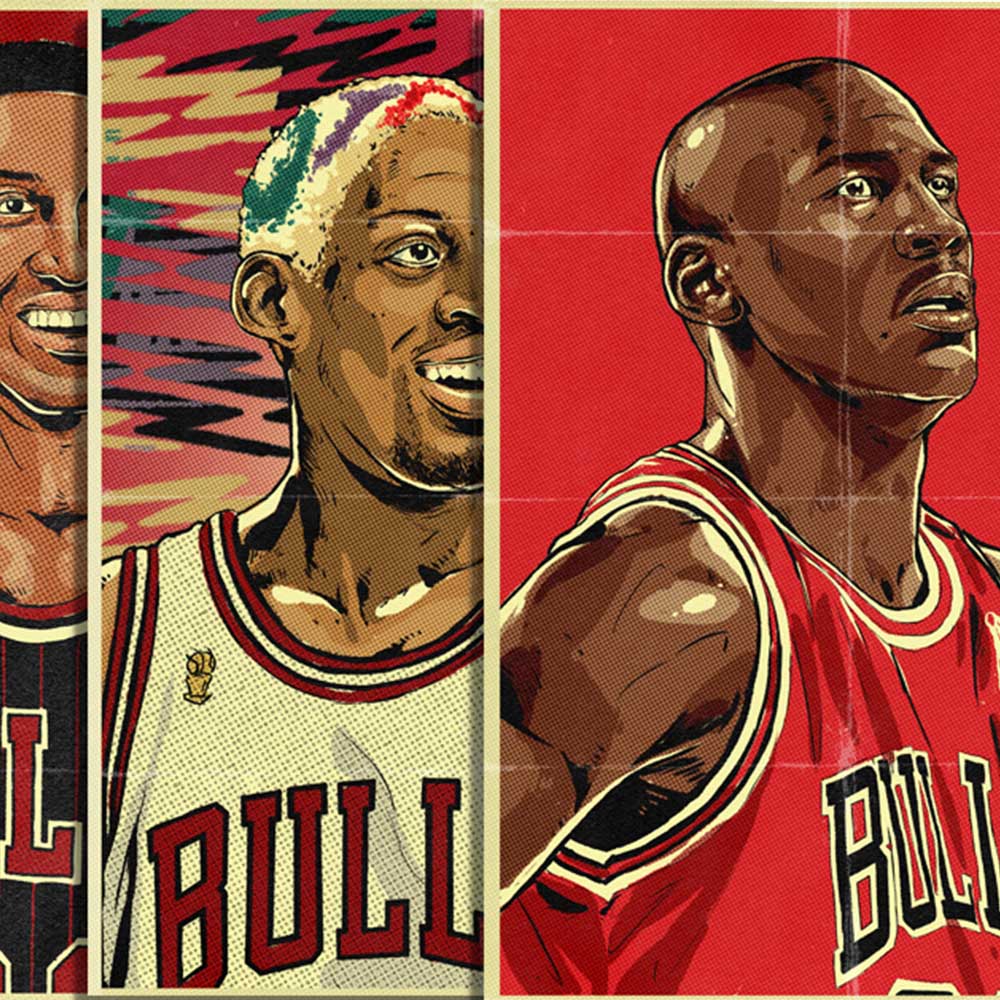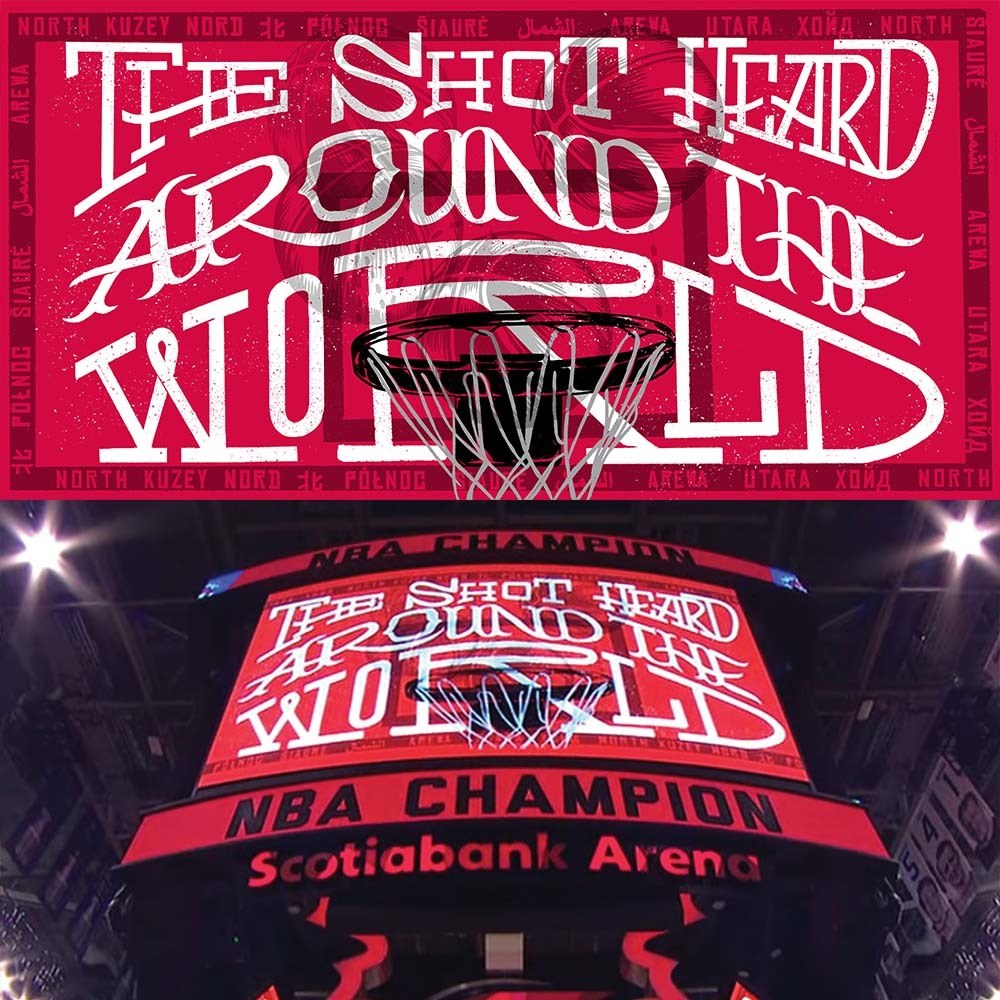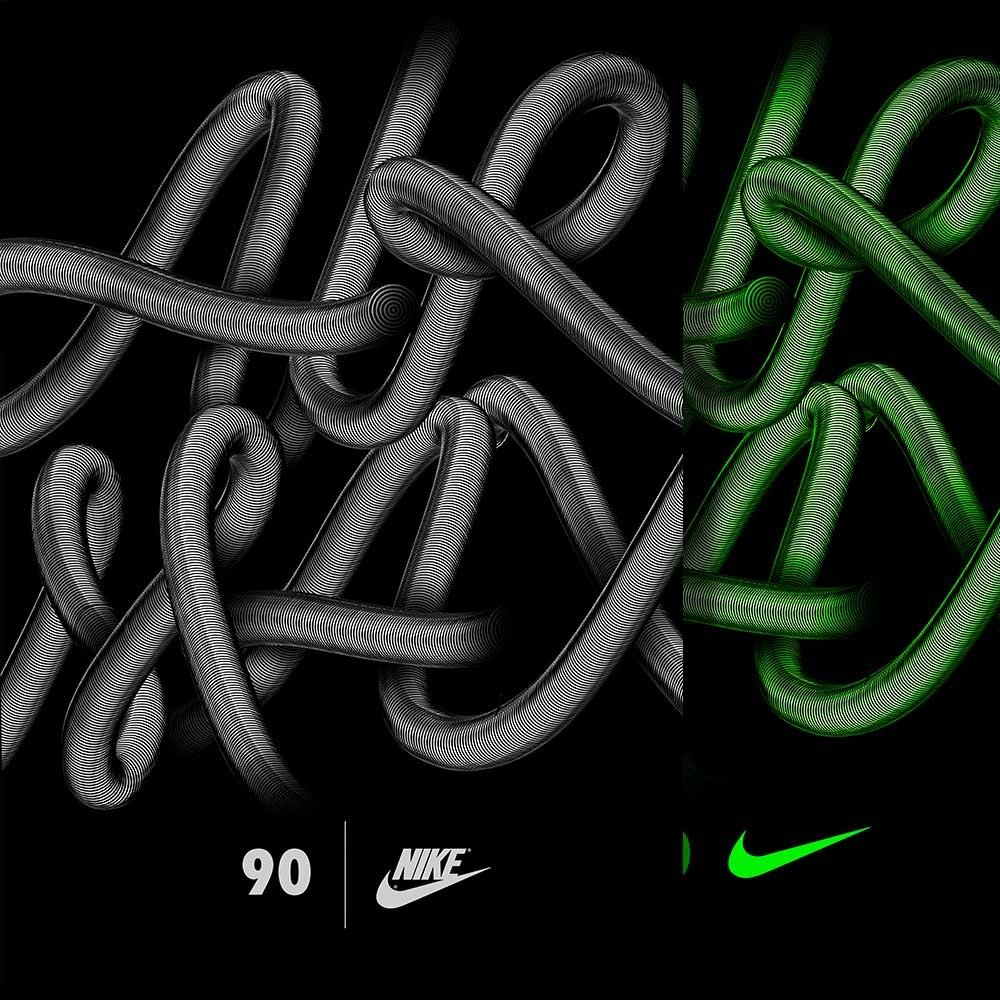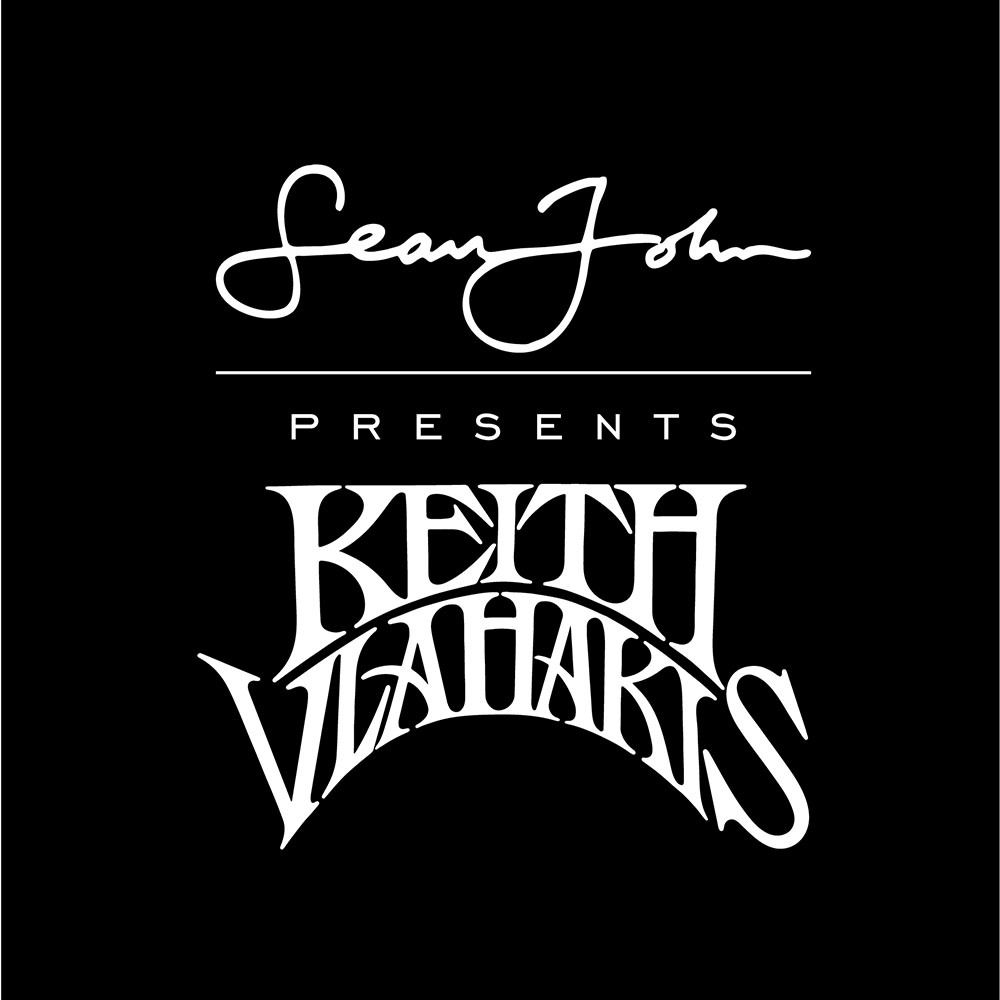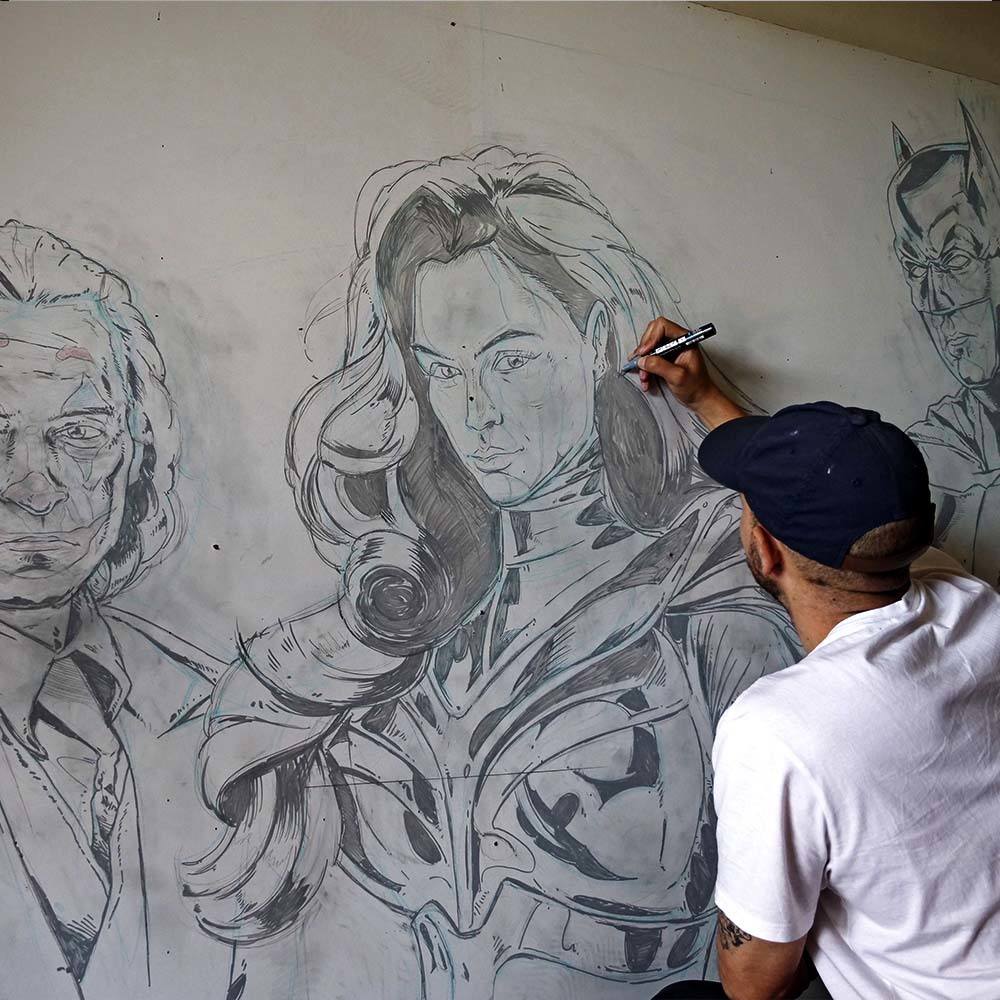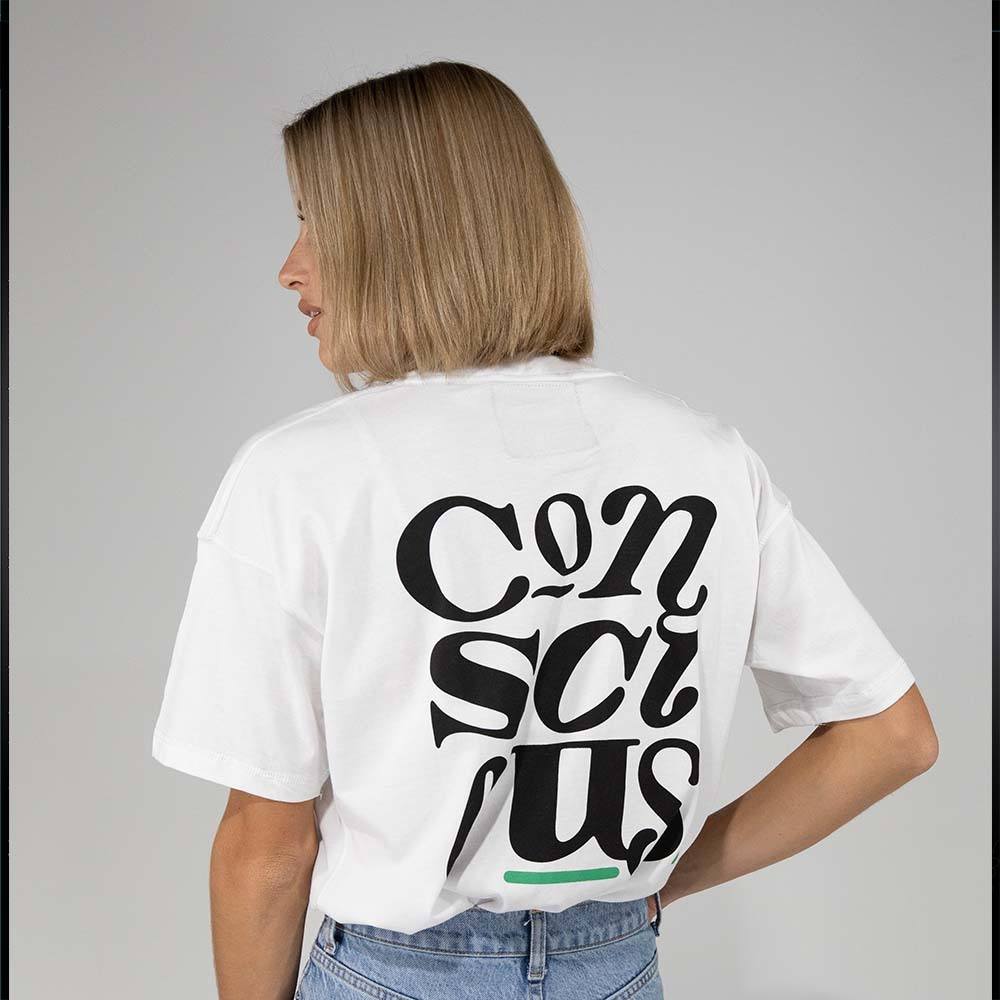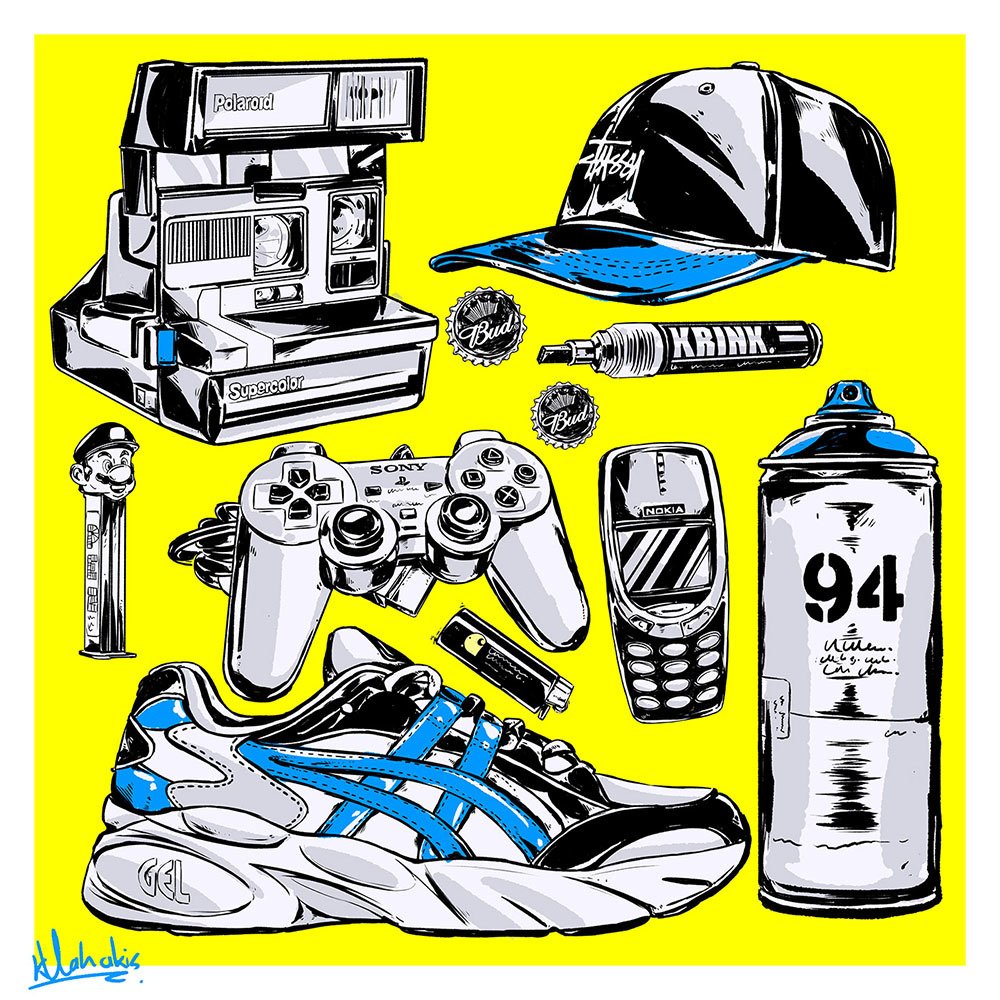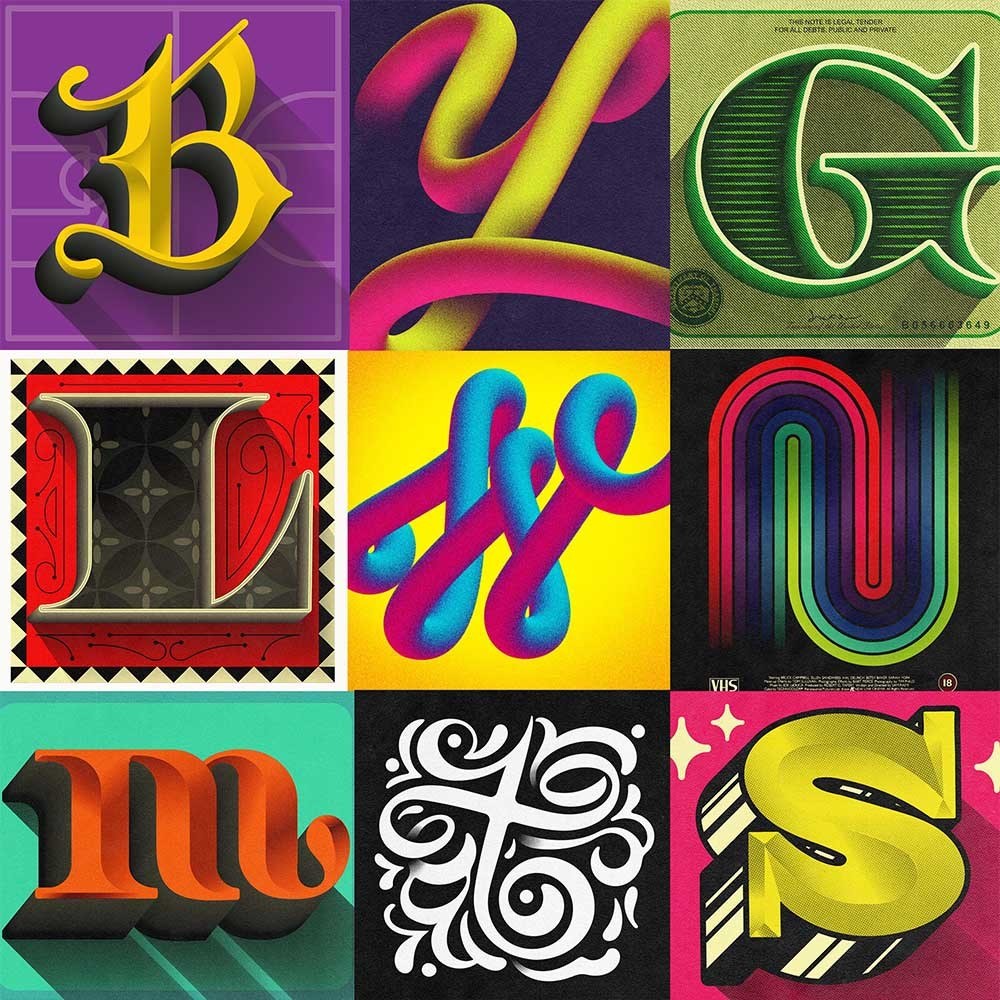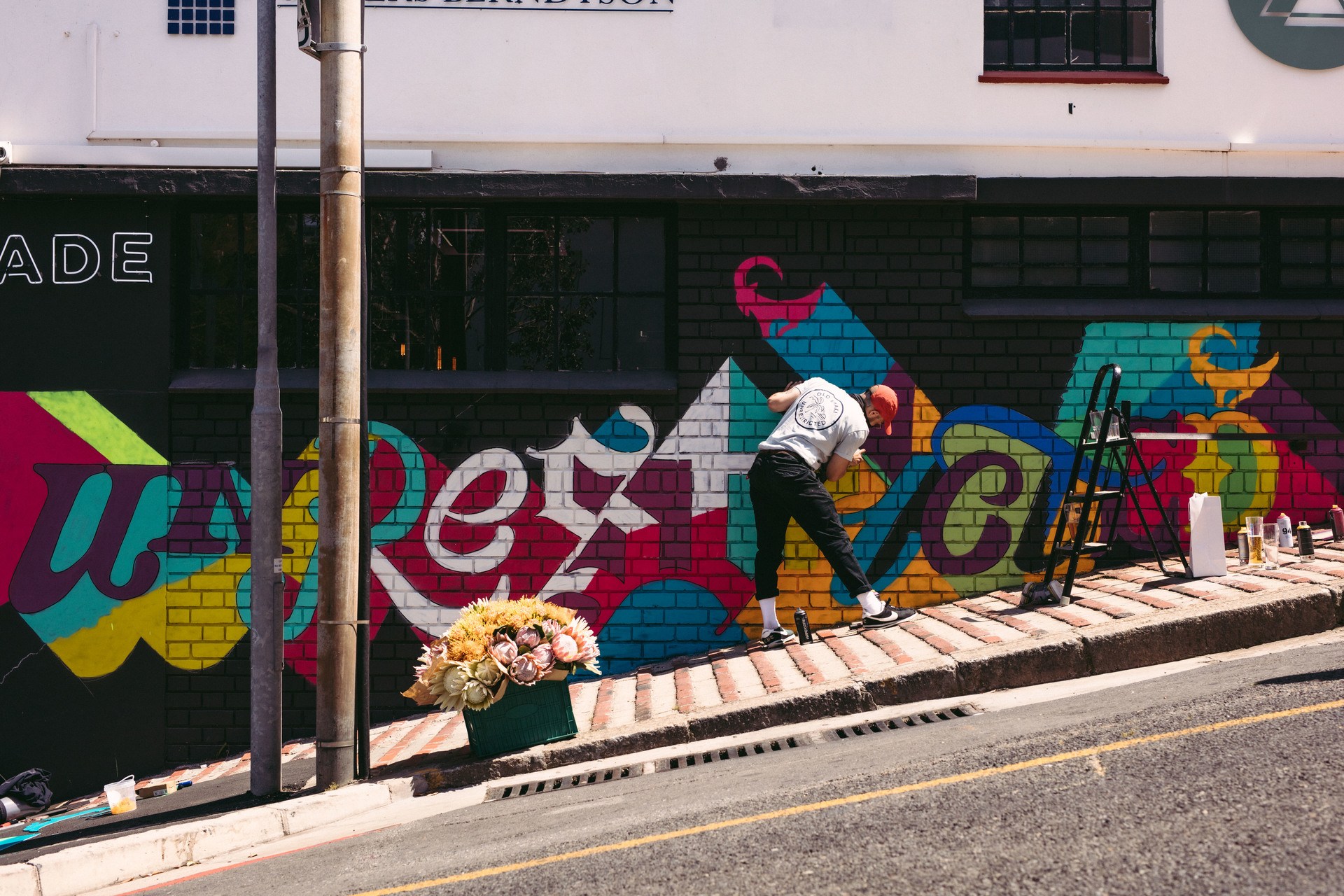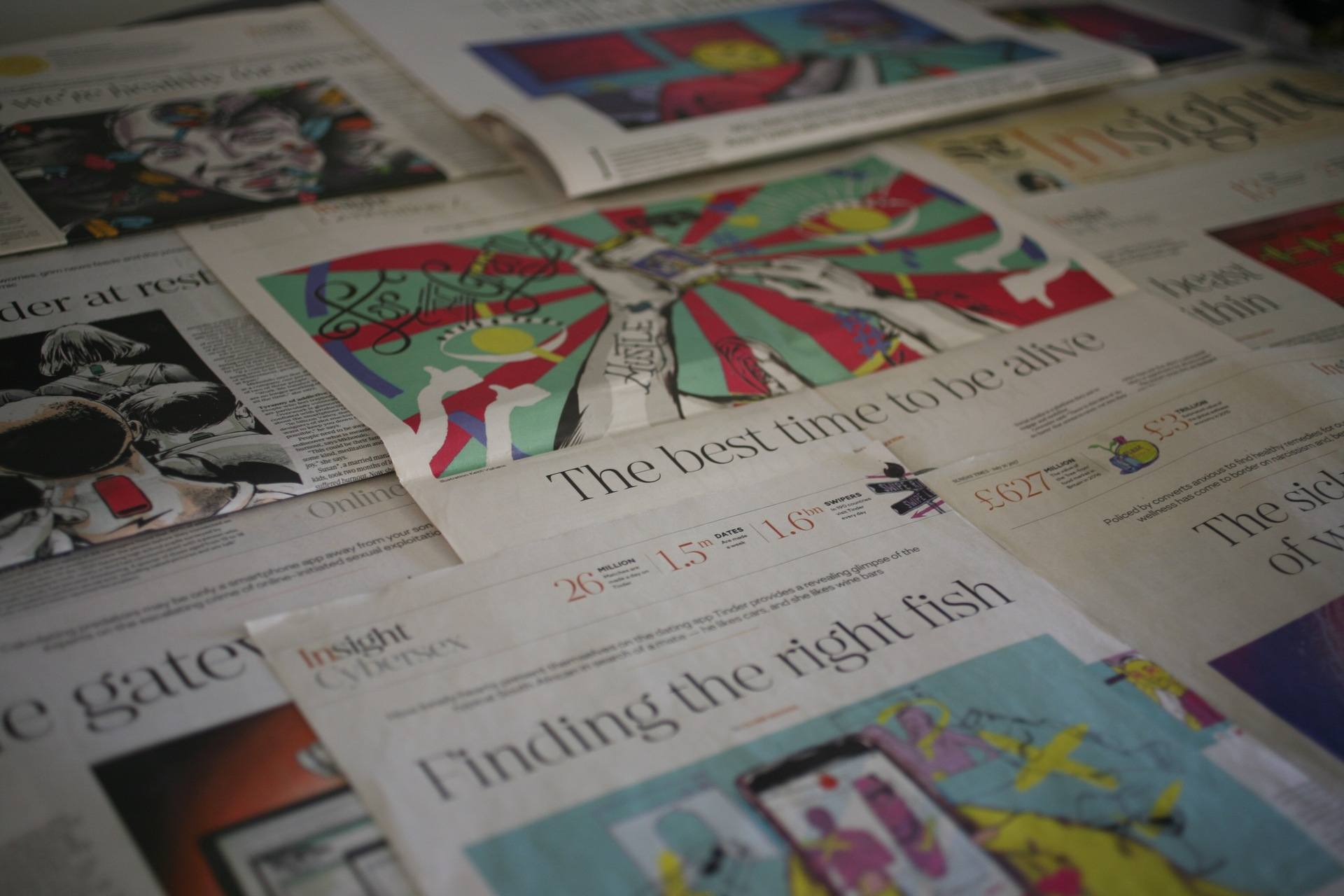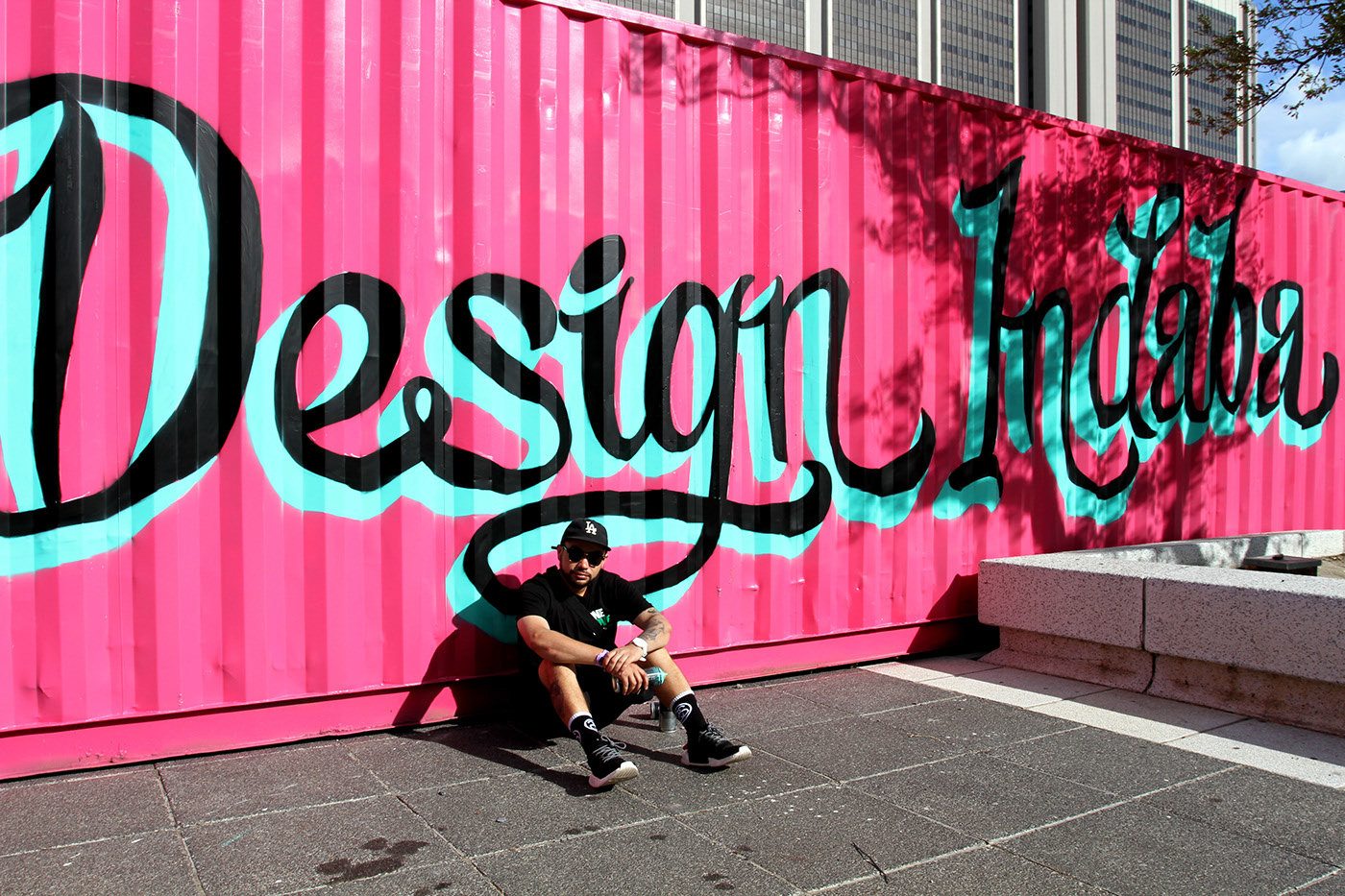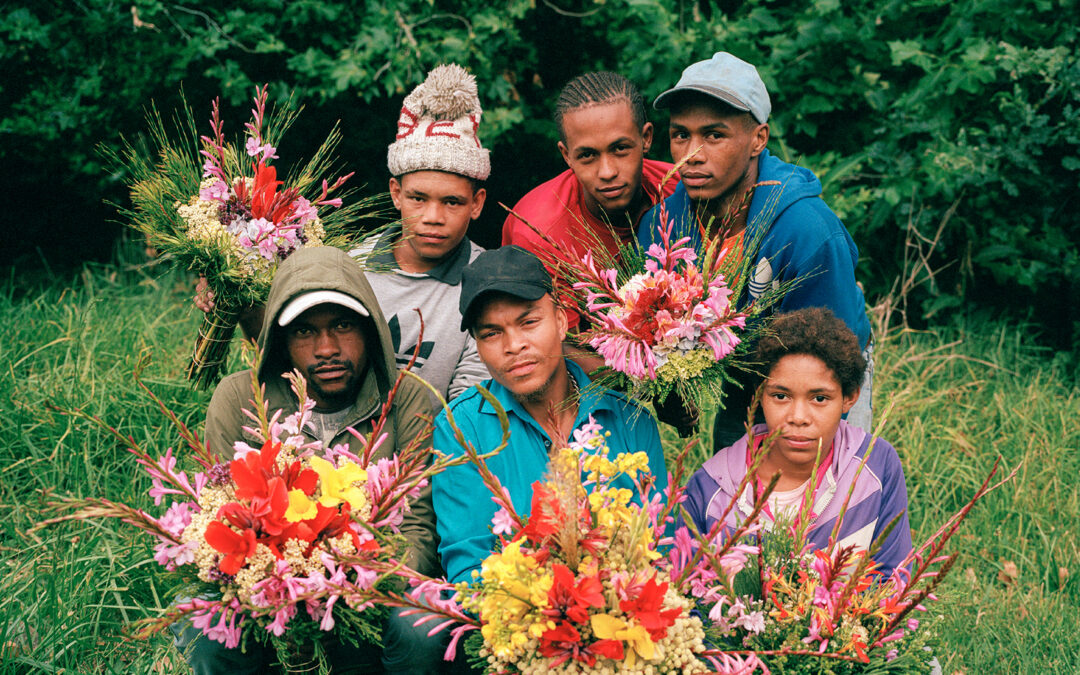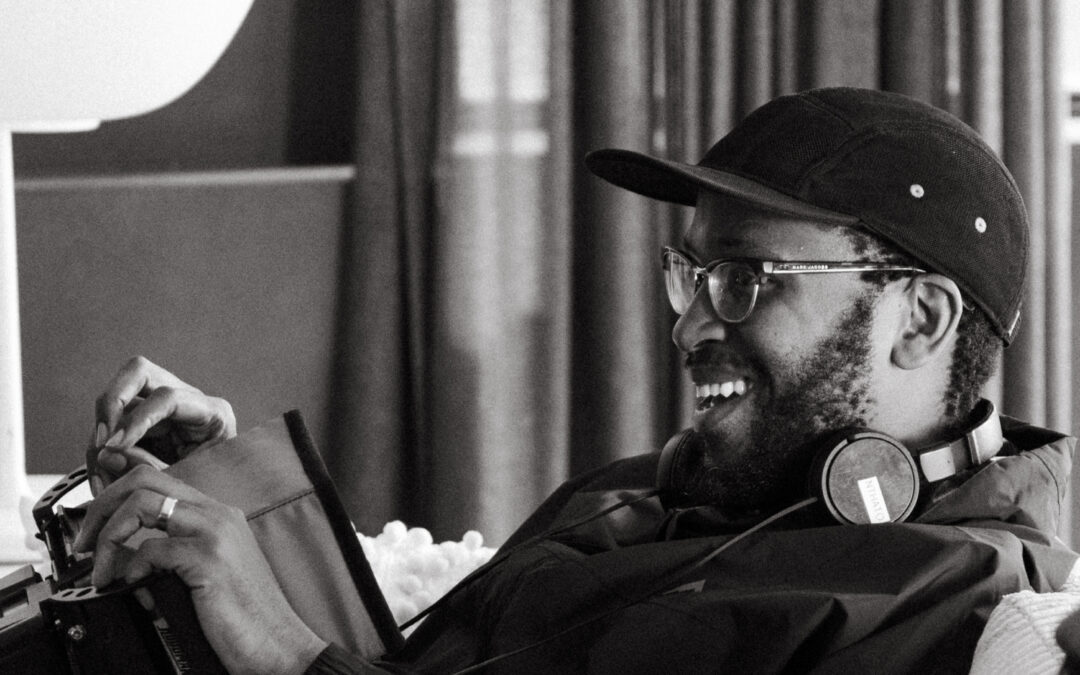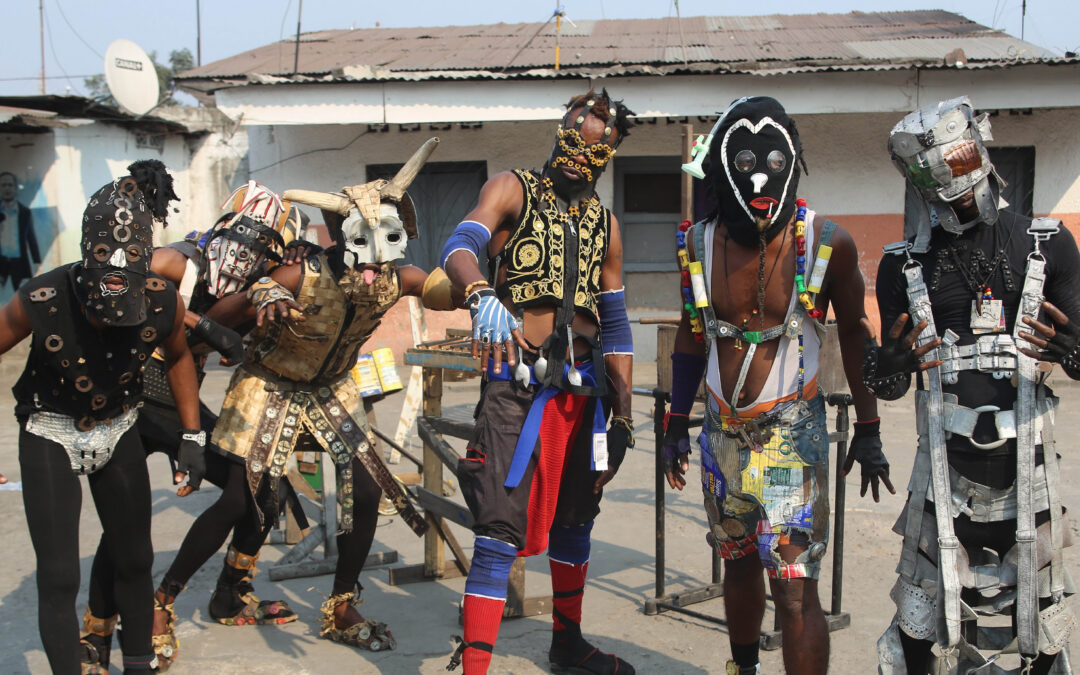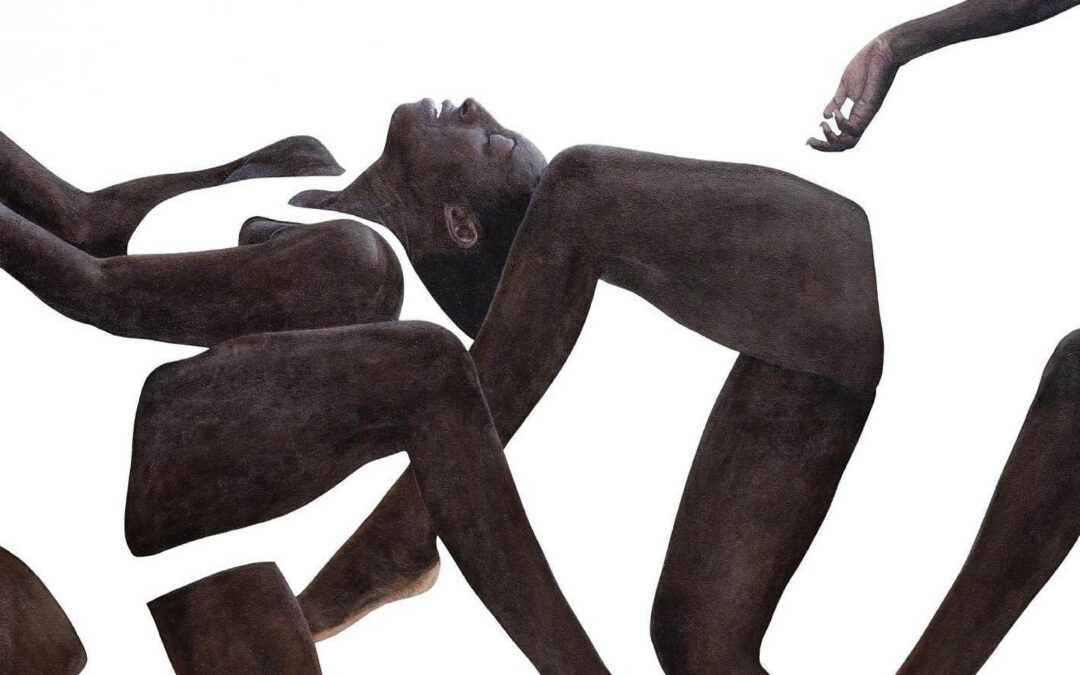There are certain people one meets along the way that consistently inspire through their perspectives and accumulated wisdom. For me, Keith is one of those people – we were introduced via the team at Jack Lemkus, a meeting that sparked an incredible conversation in September 2021 – and If you are interested in his background regarding a life-changing relationship with the NBA and his crazy collectables archive; head on over to this piece at https://lemkus.com/blogs/news/obscure-archives-keith-vlahakis. I wanted to chat to Keith in the new year and catch up on where he is at right now – and as always, our conversation was brimming with crazy references like the A$AP Rocky/ Under Armour debacle with the Osiris D3’s, and how skate culture and hip-hop were always meant to intersect – and how he never left baggy clothes behind and has been waiting a good few years for the y2k Bathing Ape revival to begin. We chat about pop-culture and fashion, and Keith’s thoughts on the metaverse – and even go into both our feelings that NFTs have ruptured the structure of art, and thus the chaotic, oozing hysteria needs time to stabilize. In a way, I wish this piece could just be one long quote straight from Keith’s mind – apart from being an exceptionally talented creative pluralist (as he puts it) and brand collaborator, he also critically assesses the rapid acceleration of what he says, “is the realization that we are living in what I thought 2045 would be like, and even for a self-proclaimed sci-fi geek like me, that’s scary.”
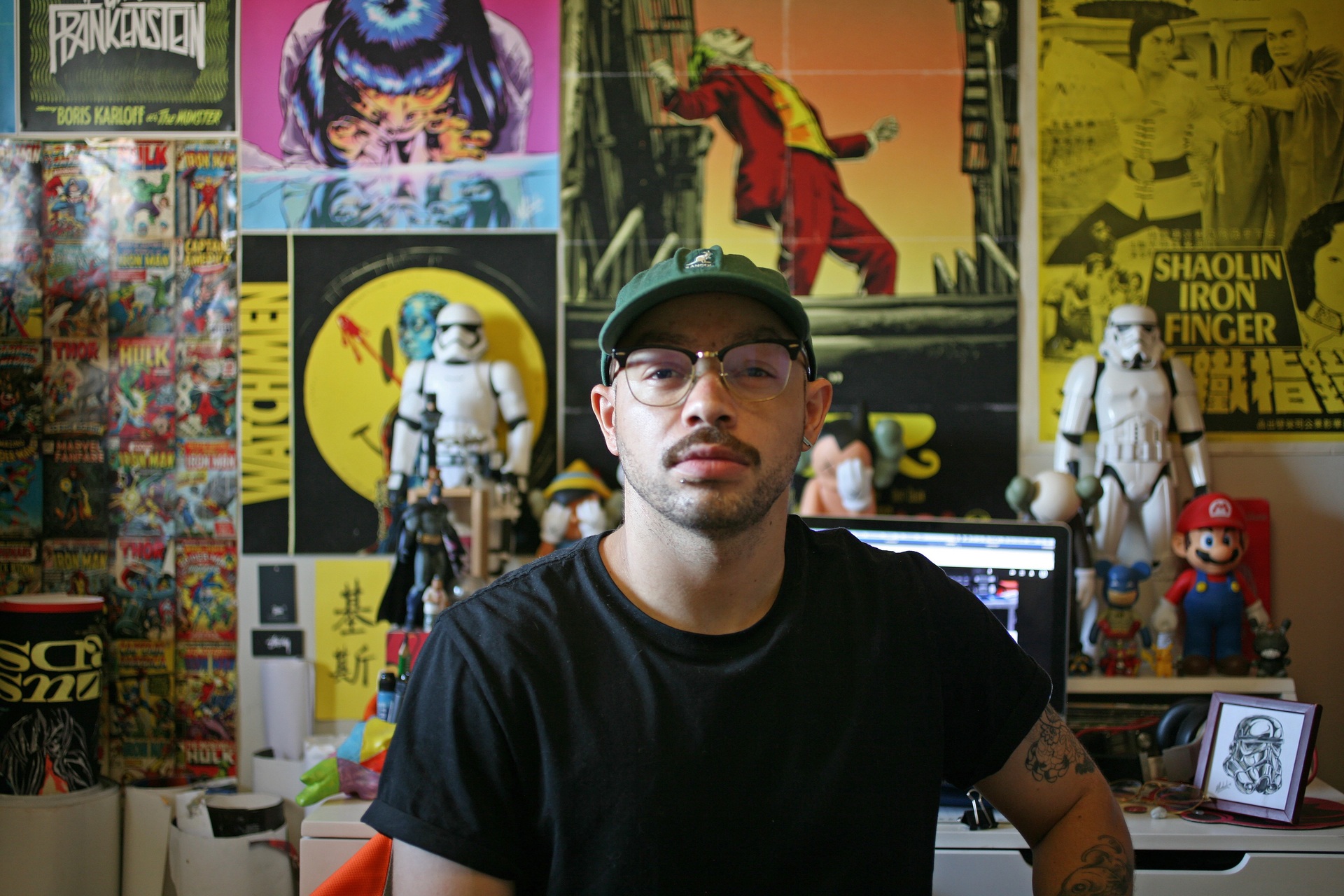
The last time we met up, Keith had a bunch of cool stuff on the go – so my first question to him was, what’s happening right now in 2022? “That 2000s baggy look is back, and I am really grateful – I never stopped dressing like that, so when skinny jeans took hold of our collective aesthetic – I was like damn, what is going on in the world? I think this is why I am relating a lot more to fashion at the moment, and my graphic design and typography talent has allowed me to partner and collaborate in the industry. After my project with Relay Jeans where we created three jackets, it rolled into other projects – so now, I am back in cahoots with the NBA and NBA Africa – I cannot divulge much more, but this has the potential to be a personal home-run. Other than that is a soon-to-be release with Woolworths, and the relationship I have with Diddy’s brand Sean John.” When pop-culture appears to be born and die at almost the same time, Keith draws on varying decades and moments to make him the vivid progenitor that he is in South Africa. In speaking about the puffed skate-shoes that have come back – think DC, Volcom and Etnies – Keith says, “You know when Fred Durst was rocking the wide leg three quarters, backwards cap and wristbands? That was me back in the day on my BMX. That’s only like 15ish years ago, and yet then it was almost unheard of for people of colour to be mixing in that realm – we were supposed to be gangsta, or reminiscing in the 90s – but it’s begun to emerge that so many of us were rocking with that stuff, and many people of colour have been influential in drawing the nostalgia of skate culture back into relevance. I really love how so much of Cape Town skate culture is held by people of colour now – and that even when there seems to be so much division, there is actually a thread of unity through all human beings.”
Keith is one of the only people I interview who always asks me questions in return – so when he asks me what I think of how trends are born, I explain that the way I see it? We have been led to believe that its a top-down pyramid from the runway & luxury, down to the streets and ordinary people – yet with exposure to online spaces and a more globalized world, I think it seems pretty evident and obvious that trends are born from the curiosity and finesse of people like us all over the world and that gets sucked up by corporate / brand culture. Keith responds, “exactly – I think the gen-Z obsession with y2k is exactly how we were with the 90s. Like Tupac or even Kurt Cobain, it’s our longing for a time we never actually experienced yet is still felt in the collective consciousness.”
As someone who has built their career as digitally-oriented expression, I was super curious to pick Keith’s brain about the “metaverse” and NFTS – huge subjects that I am trying to gather intel to have an informed opinion rather than a fear response. Keith says, “I think back to the 1993 film Demolition Man with Sylvester Stallone and Sandra Bullock – basically he has been frozen since 1996, and comes back in probably our era now, and it’s a “touch-free” society. That is pandemic vibes for me – in which we were all forced to adapt digitally in the last two years. The thing with the metaverse, is it’s a double edged sword. We could have had this conversation typed out on whatsapp, but we could never experience the nuances we are having right now face to face. I am all for it, but it’s so addictive and powerful; so right now, I am viewing it as managing my dopamine like with anything else I do, like knowing not smoke 3 ounces of weed or drink a whole bottle of whiskey – I think we need to have the same kind of caution of restraint and discipline if we are to use this new frontier wisely and consciously.” and on the topic of brands in the metaverse, Keith states “I like the idea of Nike creating these worlds – I come from advertising – but Nike already has real estate in my brain, along with StarWars etc. It could be really dope, but I would rather we were experiencing the multiverse than a meta-verse that runs parallel to reality.”
Our conversation ends with a dive into NFTS. While I cannot fully understand it, and see it very much as a manifestation of our obsession with ownership and what we have rather than who we are, Keith as a digital artist offers this insight, “Art has always been disruptive. There was a time when it shook things up for artists to go outside and paint – a time where the Church commissioned Michaelangelo, who would probably be today’s hyped-artist with millions of followers. NFTs have broken open this very secretive and classist structure, and it’s in a state of total chaos. I am a bit pissed off that the level is so trash – because I really thought something like NFTs would break the illusion around “high art” and “low art” – and now everything thinks pop-art, like the art I make, is super easy to make. It’s not. Making memes or using emojis is a bit of a dilution of what is actually possible with a crypto-backed art space.” Before Keith got into artistic career, he worked at art auctions – and with regards to NFTS, Keith says, “Look, the whole thing looks like its functioning very much like the Sotheby’s and Christie’s scene. So while there is a move to a more democratized experience of art, classism very much still has its finger in the pie. There is a degree of openness, but we will have to see how it all unfolds. I want more African artists to join the game, and join it properly – that will be where society begins to totally change.”
Keith goes onto explain that he has some NFTs in the pipeline, and to end of this conversation I have one more quote for all artists from Keith;
“Think of creating NFTS like an exhibition you would for a show. Build it beautifully, properly, with the same dedication – and put it out there, but don’t do it because you’ve heard it made some millions. Do it as an extension of your own practice. I think that way, it will carry the same authenticity as tangible work – and hopefully elevate our ideas of the possibilities of NFTs.”

